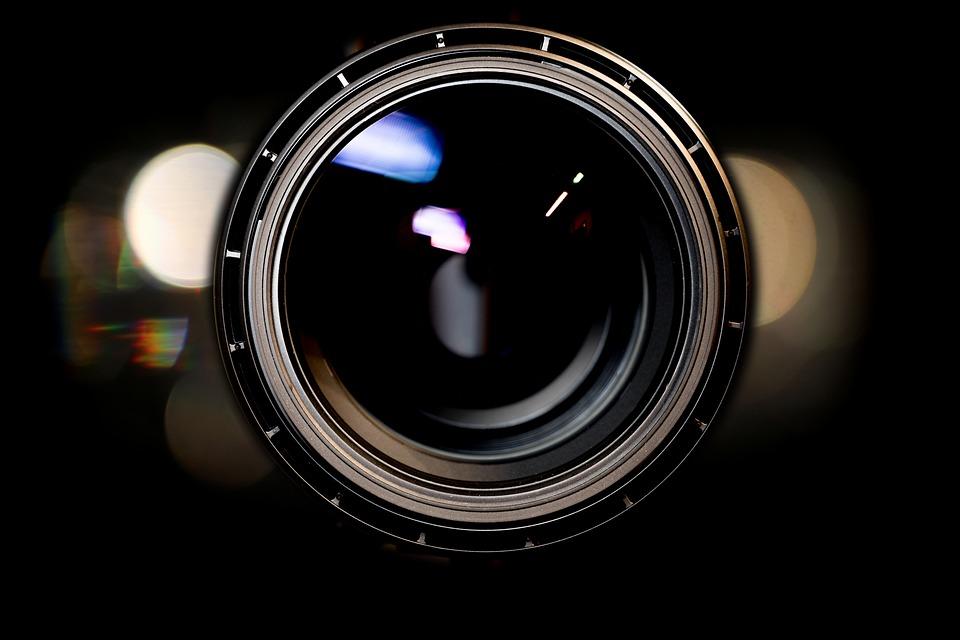Lens is one of the most important components of any camera system. It plays a vital role in determining the quality of images captured by a camera. In this article, we will discuss the different types of camera lenses, their key features and how they impact photography.
Prime Lenses vs Zoom Lenses
The two main categories of camera lenses are prime lenses and zoom lenses. Prime lenses, also known as fixed focal length lenses, have a fixed focal length and do not have a zoom function. They are lighter and smaller in size compared to zoom lenses. Since prime lenses do not require complex zoom mechanisms, they can also be optically superior and deliver sharper images.
Zoom lenses, on the other hand, provide the flexibility to change focal lengths without having to change lenses. They allow photographers to zoom in and out to frame shots better. However, zoom lenses are larger, heavier and more expensive than prime lenses. They also suffer from compromises in image quality due to the complex optical elements required for the zoom function.
Wide Angle Lenses
Wide angle lenses have focal lengths ranging from 14mm to 35mm depending on the camera format. They allow photographers to capture a very wide field of view, ideal for landscapes, architecture and indoor shots where a normal lens will not fit. Wide angle lenses also help in foreground compression, making objects appear closer even when they are farther away. Some drawbacks include higher chance of image distortion and aberrations at maximum apertures.
Standard or Mid-Range Lenses
Standard or mid-range zoom lenses have focal lengths between 24mm to 70mm for full-frame cameras and 16mm to 45mm for crop sensor cameras. They provide a natural perspective close to how human eyes see. Standard zooms are versatile lenses that can handle a variety of photography needs like portraits, travel, events and street photography. Their moderate wide-angle capability and zoom range makes them a popular choice as walkaround lenses.
Telephoto Lenses
Telephoto lenses compress perspective and enable photographing subjects that are farther away. They have focal lengths starting from 70mm for full-frame cameras and 50mm for cropped sensor cameras, going all the way up to supertelephoto lenses of 600mm or more. Telephoto lenses are useful for sports, wildlife and portrait photography where getting closer to the subject is difficult. However, they are heavier, larger and more expensive than other lenses.
Macro Lenses
Macro lenses allow photographing subjects at life-size magnification or greater. Popular macro lenses feature focal lengths of 60mm to 100mm with a maximum reproduction ratio of 1:1 or higher. They open up the microscopic world for nature, insect and product photographers. Advanced macro lenses offer even higher magnification like 1:1 or life-size. Careful focusing technique is required for macro photography to get precise focus on small areas.
Specialty Lenses
In addition to the above categories, there are other niche lenses as well. Fisheye lenses provide an extremely wide 180-degree or more field of view, popular in architectural and landscape photography. Tilt-shift lenses allow controlling perspective and focus plane, useful for architecture and product photography. Camera lens like tilt-adapters are specifically designed for drone photography. Mirror lenses featuring retrofocal optical design are popular among filmmakers for their reduced size.
Prime Lens Examples
Here are some popular prime lenses used by photographers:
- 35mm f/1.4 - A widely used normal prime lens for both full-frame and cropped sensor cameras. It provides a classic perspective and excellent low-light capability.
- 50mm f/1.4 - Considered a nifty fifty, this lens is compact and affordable. Its swapping focal length is ideal for portraits and available in all lens mounts.
- 85mm f/1.4 - A popular portrait lens due to its long focal length and beautiful subject isolation. It creates beautiful subject bokeh even at wide apertures.
- 24mm f/1.4 - A fast wide-angle prime lens suited for low-light environments and creative wide-angle shots. Versatile for both landscapes and indoor shooting.
- 135mm f/2 - A telephoto prime best for portraits with pleasing compression. It throws backgrounds beautifully out-of-focus at wide apertures.
Zoom Lens Examples
Here are some versatile zoom lenses for different focal length ranges:
- 24-70mm f/2.8 - A professional full-frame standard zoom covering wide to short telephoto range. Ideal as a walkaround lens due to its constant f/2.8 maximum aperture.
- 16-35mm f/4 - A popular wide-angle zoom for both full-frame and cropped sensor cameras. Balances zoom range with lightweight build and image quality.
- 70-200mm f/2.8 - A professional telephoto zoom ideal for portraits, sports and wildlife. Fast f/2.8 aperture throughout its zoom range is advantageous for low-light scenarios.
- 70-300mm f/4-5.6 - An affordable super telephoto zoom extending the reach of APS-C cameras. Suitable for outdoor shooting like birds, sports from a distance.
- 100-400mm f/4.5-5.6 - A specialized telephoto prime perfect for nature and wildlife photography. Sharp image quality even at maximum zoom.
In summary, camera lenses are critical to getting the most from any camera system. Understanding different lens types and their characteristics helps photographers choose the right glass for various photographic needs. Optical quality, useful focal lengths and maximum apertures are some important factors to consider for every type of photography. With the right lens, photographers can explore endless possibilities of visual storytelling.
Get more insights on- Camera Lens
